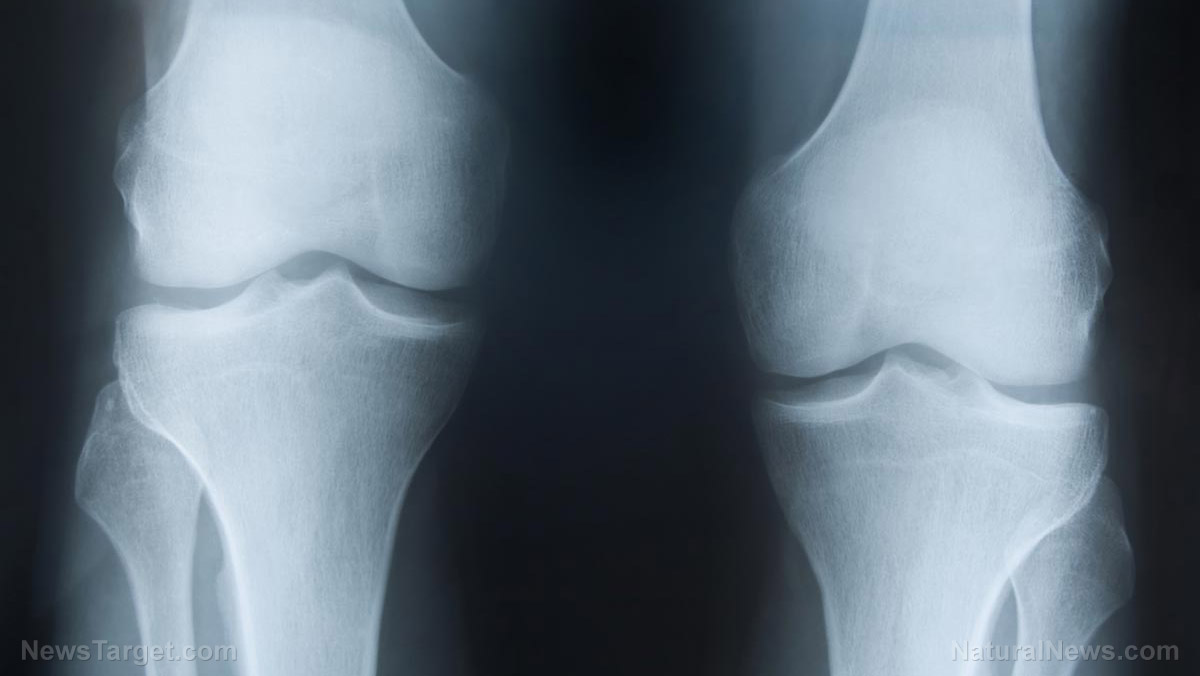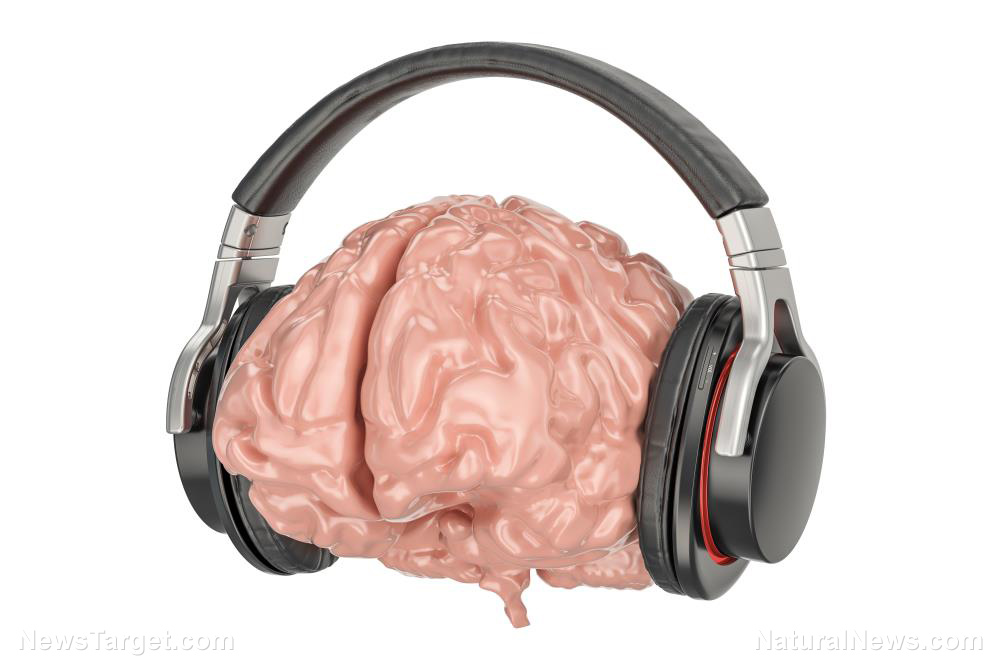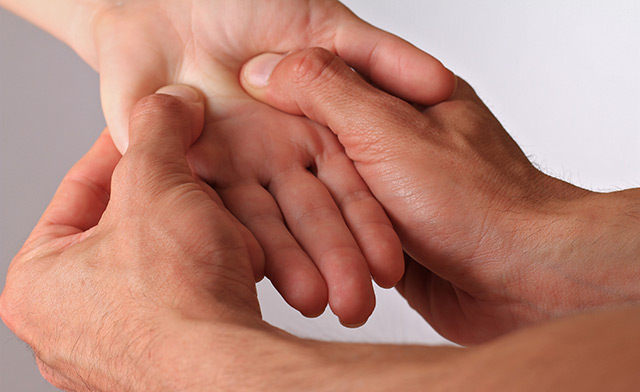WHO: 1.2 million teens die every year from road accidents and other preventable causes
01/09/2019 / By Bridgette Wilcox

News of a young person dying always hits us hard mainly because it’s so unexpected, but adolescent deaths are more commonplace than most people realize. In fact, an estimated 1.2 million adolescents around the world die every year, according to estimates from the World Health Organization (WHO). That is equal to 3,000 adolescent deaths a day. Perhaps the most unsettling part is that majority of these deaths are from causes that are preventable or treatable: mostly unintentional injuries and diseases.
A new report sponsored by the Global Accelerated Action for the Health of Adolescents (AA-HA!) revealed that road traffic accidents, which can be prevented through stricter enforcement of road laws, are a leading cause of death among adolescents. In 2015 specifically, over 115,000 adolescents died from road traffic accidents, many of which were caused by driving under the influence of alcohol or drugs.
Young people aged 16 to 19 are particularly susceptible to road accidents, and are in fact the age group that carried the highest risk of motor vehicle crashes, according to data from the Centers for Disease Control and Prevention (CDC). Teenagers in this age bracket, they said, are three times more likely than older drivers to be involved in a crash. Responsible use of seat belts, vigilant monitoring against drunk and drugged driving, proper education, and more stringent licensing programs were recommended by the CDC as measures to curb the teenage death rate from road accidents.
At the same time, the WHO also mentioned drowning as a major cause of death among teens. In 2015, 57,000 adolescents died from drowning incidents, which could have been prevented with proper interventions, such as swimming lessons, strengthening barriers that block the entrance to bodies of water, ensuring access to lifejackets and flotation devices, and administering the proper CPR.
Other critical health issues that increase the risk of death among young people
Data show that majority of deaths for 15- to 19-year old girls around the world are caused by complications from pregnancy and childbirth.
HIV was identified as another major health issue plaguing the youth, with over two million adolescents recorded to be living with the infectious disease. A comprehensive education on sexuality and sexual health, as well as improved access to information, counselling, contraception, and medication were some interventions recommended by the WHO to address this issue. Other infectious diseases such as diarrhea, lower respiratory tract infections, and meningitis are seen as a major roadblock to adolescent health, and are set apart as the top causes of death, particularly in lower- and middle-income parts of Africa.
Mental health issues are also seen to be a danger to young people, with depression and anxiety being especially common among the demographic. Depression in particular is the third top cause of illness and disability among adolescents. The mental illness is a risk factor for suicide, which is the third leading cause of death in teens aged 15 to 19, and is completely preventable. In many cases, depression is worsened by external factors such as violence, poverty, and bullying – all of which can be addressed through community efforts.
Older adolescent males are particularly susceptible to violence, which accounts for 43 percent of deaths among adolescent males in North and South America. At the same time, adolescent females are vulnerable to sexual violence, with one in 10 girls under the age of 20 having experienced some form of sexual abuse.
Alcohol and drug abuse, as well as poor nutrition and obesity, are also seen to increase the risk of premature death in adolescents.
Even when these health issues do not lead to a premature death, they result in many problems later in life, which only stresses the importance of addressing teen health early on.
Get more updates on health at HealthFreedom.news.
Sources include:
ReliefWeb.int [PDF]
Tagged Under: adolescent health, preventable death, road accidents, WHO



















